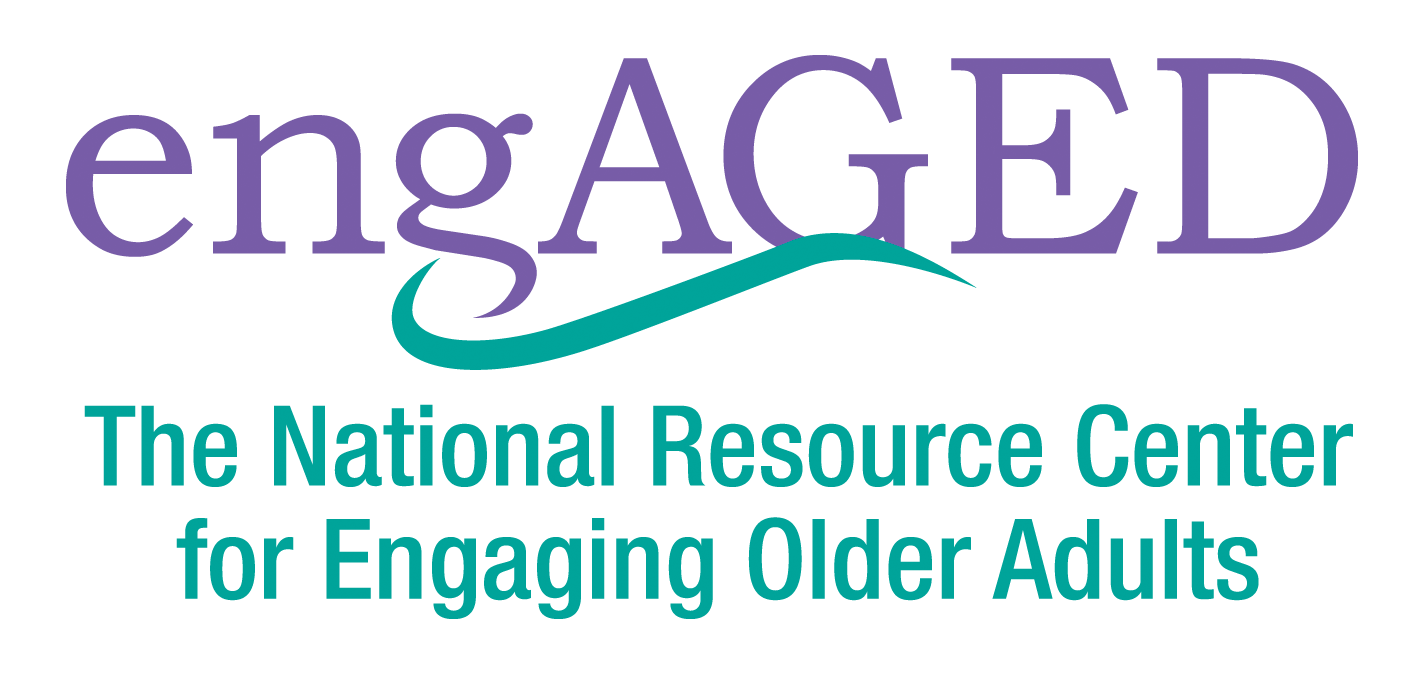Harnessing the Power of Technology to Boost Social EngAGEment—and Physical and Mental Health
By Kathleen Doheny
Social isolation is hard on everyone, but it can take a particularly large toll on older adults. As older adults' networks decrease due to their own health issues or family and friends moving away, the isolation and loneliness can mount. Even pre-COVID, 27 percent of older adults reported feeling isolated from others. Add in lockdowns, restrictions as the COVID-19 variants come and go, and it's a challenge indeed.
The solution, however, is nearby, affordable and accessible. Harnessing the power of technology—and helping older adults learn not only how to rely on technology to stay socially engaged but to feel comfortable doing so—can make a great impact on older adults' physical and mental health. Many organizations catering to the needs of older adults are aiming to boost social engagement via technology, including senior centers, caregiver groups, faith-based organization and parks and recreation agencies, to name a few. However, many who direct these programs express the need for help.
That's the point of a webinar, scheduled for Friday, August 27, at 2:00 pm ET, called "Older Adult Learning and Technology: Best Practices and Resources." It's a joint effort by engAGED: The National Resource Center for Engaging Older Adults and the Older Adults Technology Services (OATS) from AARP. Providing opportunities for older adults to develop and expand their skills and knowledge about technology leads to more and better social engagement.
"We know that being socially engaged and connected improves the quality of life and physical and mental health for older adults," said Meredith Hanley, Director of Community Capacity Building for USAging, which administers engAGED. "It is so important to have services and supports that help foster social engagement—whether online, on the phone, in person, or in hybrid models. That's why engAGED is working in partnership with OATS to be sure the Aging Network and partners have all the tools and resources they need to help meet the needs and interests of their clients.”
"Ultimately, we want providers to apply the methodology and best practices discussed in the webinar in their communities to allow them to better engage with the groups of individuals they serve," said Alex Glazebrook, Director of Operations at OATS. The webinar will be recorded and archived, for quick, easy reference.
On the agenda will be discussion of the core methods of helping older adults get plugged in to technology and to improve their skills. One method, Glazebrook added, is to incorporate common life experiences into the teaching. For instance, when introducing an older adult to video communication, instructors might say that the video allows people to do the same things as using a phone, but that it's more engaging since you can see people and interact more. Linking the known to the unknown is a good strategy. Removing fear is crucial, too.
Demonstrating how relevant the new technology being learned is, and the benefits, can help, too. For instance, it's often much faster to use the chat function online when trying to get information on products and services, rather than stay on hold on the phone for lengthy periods.
At the end of the webinar, attendees will hopefully feel they have an effective toolkit they can apply immediately in their programs and services for older adults.
